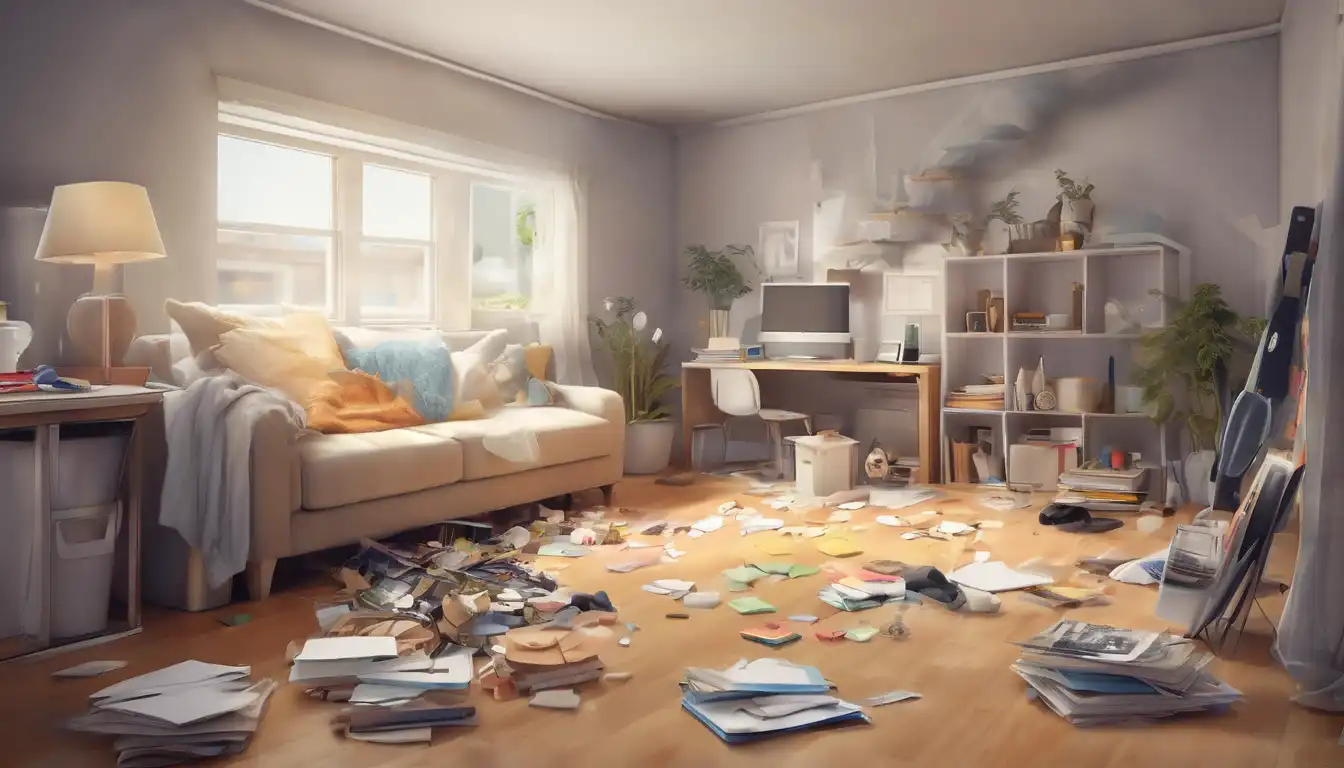Transform Your Space with These Proven Decluttering Methods
Living in a cluttered home can create unnecessary stress and make daily life more challenging than it needs to be. Many people feel overwhelmed by the thought of decluttering, but with the right approach, you can transform your living space quickly and efficiently. This comprehensive guide will walk you through easy steps to reclaim your home from clutter and create a more peaceful, organized environment.
Start with a Clear Vision and Plan
Before you begin the physical work of decluttering, take a moment to visualize your ideal living space. What does a clutter-free home look like to you? Having a clear goal will keep you motivated throughout the process. Start by creating a simple plan that breaks down your home into manageable sections. Tackle one room or area at a time rather than trying to do everything at once.
Consider setting aside specific time blocks for decluttering sessions. Even 15-30 minutes daily can yield significant results over time. Remember that consistency is more important than marathon sessions that lead to burnout. For more planning strategies, check out our guide on effective home organization planning.
The Four-Box Method: Keep, Donate, Trash, Relocate
This classic decluttering technique remains effective because it provides clear decision-making parameters. As you work through each area, use four labeled containers:
- Keep: Items you use regularly and want to maintain in your space
- Donate: Things in good condition that you no longer need but could benefit others
- Trash: Broken, damaged, or unusable items
- Relocate: Belongings that belong in another room or area
This method prevents the common pitfall of simply moving clutter from one place to another. Be honest with yourself about what you truly need and use. If you haven't used something in over a year, it's likely safe to donate or discard.
Tackle High-Impact Areas First
Begin with spaces that will give you the biggest visual payoff. The entryway, living room, and kitchen are excellent starting points because they're typically high-traffic areas where clutter accumulates quickly. Clearing these spaces first will provide immediate satisfaction and motivation to continue.
In the kitchen, start with countertops. Remove everything and only return items you use daily. For cabinets, consider implementing organizational systems that make finding what you need easier. Our kitchen organization solutions offer practical ideas for maintaining order.
Implement the One-In, One-Out Rule
To maintain your newly decluttered space, adopt the habit of removing one item for every new item brought into your home. This simple practice prevents clutter from accumulating again. When you purchase new clothing, for example, donate or discard a similar item you no longer wear.
This mindset shift helps you become more intentional about what you bring into your home. It encourages quality over quantity and makes you consider whether new acquisitions truly add value to your life.
Create Designated Homes for Everything
Clutter often forms when items lack assigned spaces. After decluttering, ensure every remaining possession has a specific home. Use storage solutions that make sense for your lifestyle and the items you're storing. Clear containers, drawer dividers, and shelf organizers can work wonders.
Label storage containers to make finding things easier and to remind family members where items belong. This is particularly helpful for shared spaces and helps maintain organization long-term. Discover more about smart storage solutions that can transform how you organize your belongings.
Digital Decluttering: Don't Forget Your Virtual Space
While physical clutter is most visible, digital clutter can be equally overwhelming. Take time to organize your digital files, emails, and photos. Delete unnecessary files, create organized folders, and unsubscribe from email lists you no longer read.
Digital organization follows similar principles to physical decluttering. Regular maintenance prevents digital clutter from becoming unmanageable. Set aside time monthly to review and organize your digital spaces.
Maintain Your Progress with Daily Habits
Decluttering isn't a one-time event but an ongoing process. Develop simple daily habits to maintain your organized space. Spend 5-10 minutes each evening returning items to their designated homes. Make your bed each morning, clear countertops after use, and handle mail immediately.
These small consistent actions prevent clutter from accumulating and make deeper cleaning sessions much easier. The key is developing systems that work with your lifestyle rather than against it.
Involve Your Household Members
If you live with others, decluttering success depends on everyone's participation. Have a family meeting to discuss your decluttering goals and why they matter. Assign age-appropriate tasks to children and establish clear expectations about maintaining shared spaces.
Create systems that make it easy for everyone to contribute. Simple solutions like labeled bins for toys or designated drop zones for bags and coats can make a significant difference in maintaining organization.
Celebrate Your Progress
Recognize and celebrate your decluttering achievements, no matter how small. Take before-and-after photos to visually document your progress. Reward yourself after completing challenging areas. These positive reinforcements make the process more enjoyable and sustainable.
Remember that decluttering is a journey, not a destination. Perfection isn't the goal—creating a home that supports your well-being and daily life is what matters most. With these easy steps, you'll not only declutter your home quickly but also develop habits that prevent clutter from taking over again.
For ongoing support and additional organization tips, explore our comprehensive home maintenance guide that covers everything from seasonal cleaning to long-term organization strategies.
